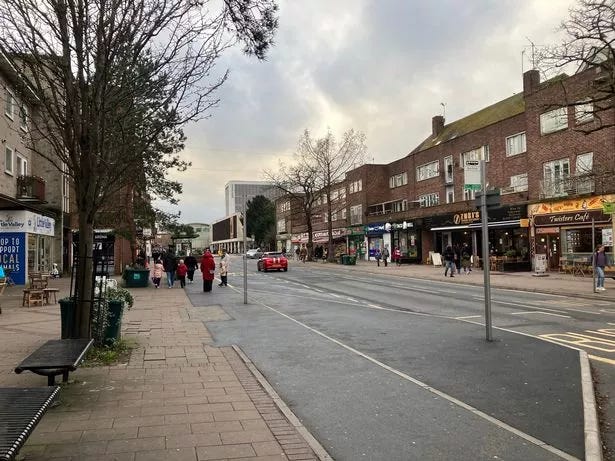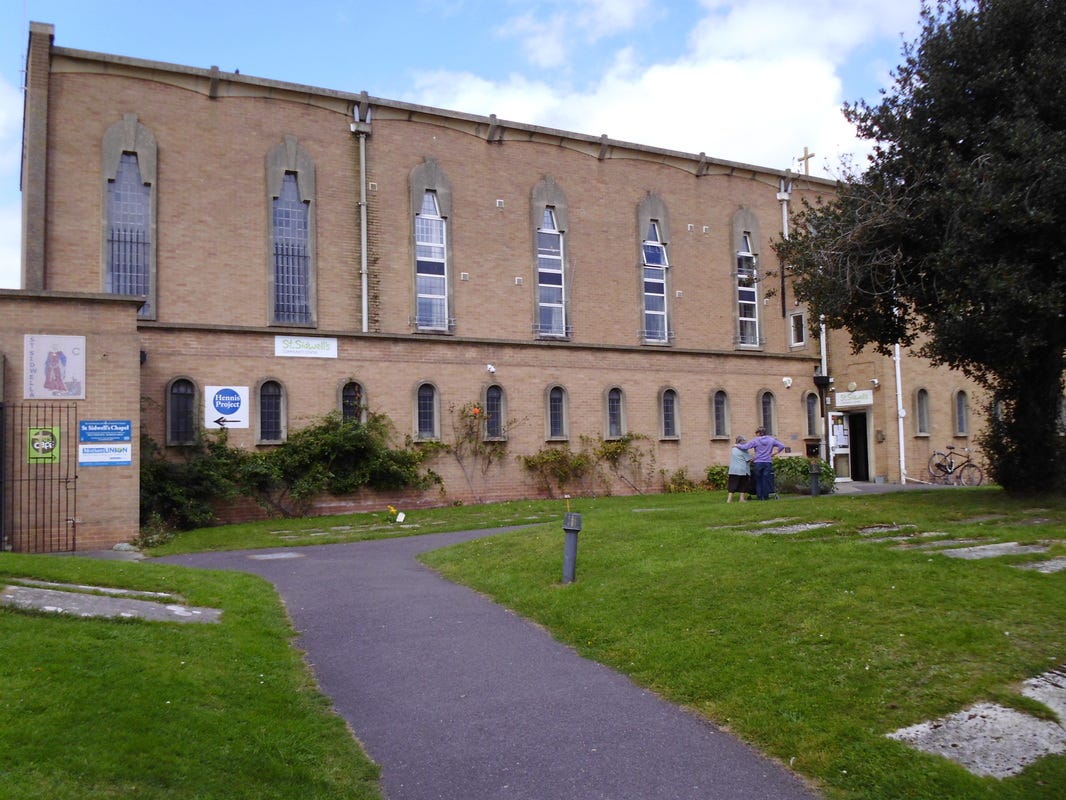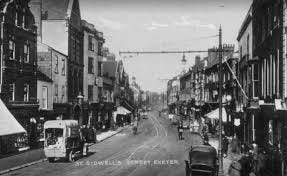Something a bit lighter, after the previous dence missive.
This afternoon started as a bit of an admin session: catching up on ignored emails, sorting out some finances, and drinking coffee. The idea of doing the 'big shop' at Aldi felt like too much effort, so rather than my usual trip to the Newtown corner shop, I decided on a quick walk to grab essentials. That walk led me 5 minutes away to Sidwell Street—a place that always leaves me with more than just groceries. Today it was a wobbly, wayward cyclist, blasting out Boney M’s ‘Rasputin’ on his vehicle-mounted sound system.
Sidwell Street has a reputation that sparks mixed opinions. For some, it’s a quirky gem; for others, it’s a rough-around-the-edges part of town best avoided. Several years ago, a former colleague of mine flat-out refused to set foot there, whether due to pride, self-image, or plain snobbishness, I’m not sure. They’d sometimes ask me to pop into Poundland on their behalf, as though it were beneath them to go in. But over the years, the street has transformed into a vibrant multicultural hub, showcasing Exeter's growing diversity. From Bangladeshi grocers to Polish delis and Thai eateries, the street brims with an international flavour. Sure, there are a few fast food chains and charity shops mixed in, but Sidwell Street is alive with an energy and variety you don’t see everywhere. I think I read somewhere that Sidwell Street is the most multicultural shopping area in the South West outside of Bristol—and it feels like it could be true.
Beyond its shops and restaurants, Sidwell Street is a meeting point for those who live on society's edges. It’s raw and unpolished, and its regulars—homeless groups, street drinkers, and eccentric characters—add to its unpredictable ‘Ra Ra ‘Rasputin’ energy. There’s black humour here, too: who could forget the 2017 story of a trader’s horror witnessing street drinkers stuffing live pigeons into a rucksack, apparently for food? It’s these raw, offbeat moments that give Sidwell Street its unapologetic identity. Individual characters stand out, like ‘Barry’, who spends his days sitting outside Subway, or Alan Sky, a Jehovah’s Witness who posts unintentionally funny, impassioned doomsday videos on YouTube.
The first job I had in the 'real world' after nearly 17 years in the BBC media bubble was as a project manager for a Heritage Lottery project based at the Sidwell Community Centre. The project aimed to uncover Sidwell’s hidden history through events, talks, interpretation panels, and a heritage hub on their website. (You can explore it here.)
Marie Leverette and I put together and delivered the whole project, and we were/are very proud of the legacy and what we achieved. We played a small part in celebrating and continuing the history of my adopted 'manor'. As I worked on the project, I discovered the street’s deep and fascinating history. Sidwell Street has always been an “outsider” to Exeter’s mainstream image, a place just beyond the old city walls.
It was part of the main route toward London, a busy, vibrant parish full of immigrants, travellers, traders, prostitutes, and thieves coming and going. Over time, the street urbanised and became a bustling hub of shops and homes. Although Exeter suffered heavy bombing during the Baedeker Blitz, and Sidwell Street was hit hard, the street bounced back. The post-war years brought a wave of reconstruction, resulting in the distinctive mix of modern and older styles you see today.
Its name comes from St. Sidwella, Exeter’s patron saint, who was said to have been martyred by decapitation in the 7th century. Legend has it that a spring bubbled up where her head fell, drawing pilgrims to the site.
The Heritage Lottery project gave me a new appreciation for Sidwell Street. From not knowing much about it initially, I grew to love the street through the stories of others who knew its past better than I did. It struck me how Sidwell Street isn’t just a road—it’s a microcosm of resilience and diversity. From its medieval roots outside the city walls to its modern multicultural vibrancy, the street is a reminder of how places evolve while staying true to their character and heritage, without perhaps even knowing it.
Next time you’re in Exeter, take a walk down Sidwell Street. Browse the shops, grab a bite, and soak in the atmosphere. Who knows? You might just see me there, sipping coffee, humming ‘Ra Ra Rasputin’ to myself, and savouring this one-of-a-kind corner of the city.






